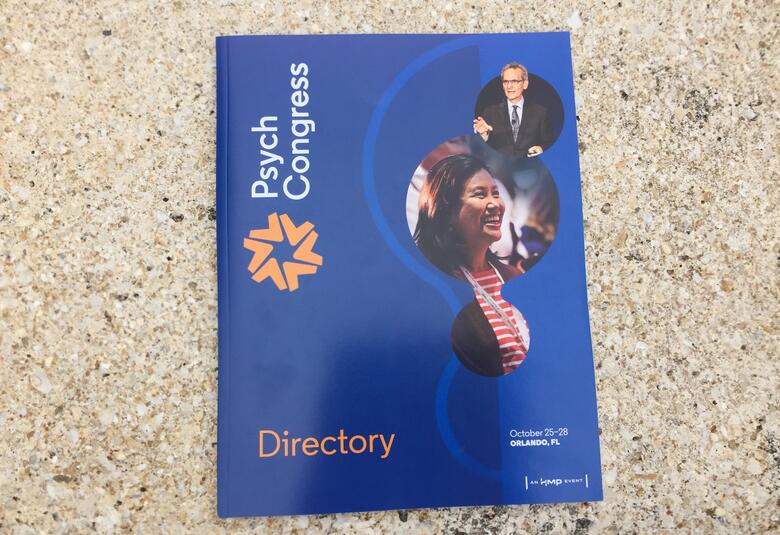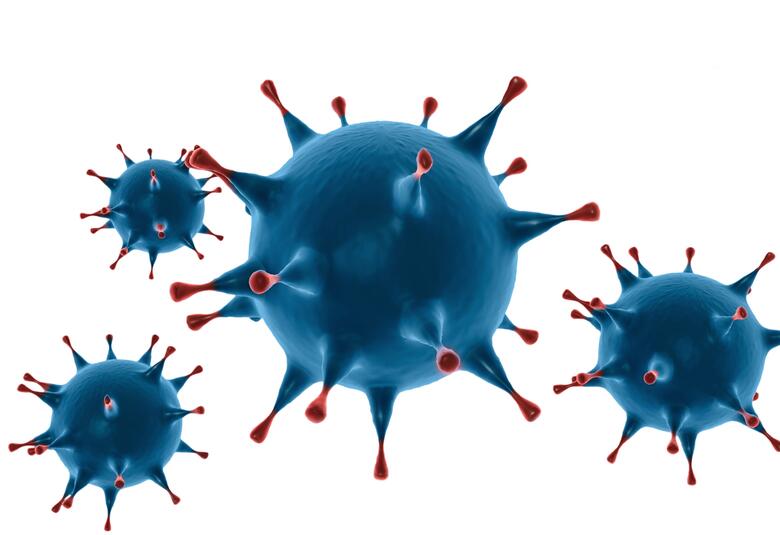Help patients function, and then they will get better, is an alternative to the traditional approach of getting patients better, and then they will function. This different philosophy was advocated by Professor Philip Gorwood. Professors Carpiniello and Arango also offered fresh insights into early intervention, adherence, and prevention.
Measuring function can help morale
Many of us do not use scales that assess function, said Philip Gorwood, Hospital Saint-Anne, Paris, France. We have little time!, he admitted. But if we do not use such scales, it is difficult to explain to a patient that they have improved: that they are going out once a week rather than once a month, that they now have a hobby, and that they are mixing more with friends.
Using such instruments can enrich our capacity to be positive – for example about the benefits of treatment and staying on it. They can be good for morale, whatever the level of psychotic symptoms.
Showing benefit on scales that measure function helps us to be positive about staying on treatment.
And there are measures that provide a helpful amount of information without requiring too much time. An example is the Personal and Social Performance (PSP) scale. This takes 5-10 minutes and provides useful data on four dimensions: social activities, relationships, self-care, and disturbing behaviour.
Philip Gorwood also offered a new approach: instead of helping patients get better and hoping they return to good functioning, perhaps we should be helping them to function, and that will make them get better. This might almost go as far as making patients return to work.
Aiding social cognition
We focus on the possible adverse effects of the stress involved in returning to a job. But it gets patients to be part of life, where they have to interact with people. And if work and socialising are successful, that does great things for self esteem.
Sustaining attention gets easier with practice.
We can help the process along by training patients in skills such as facial recognition, executive control and maintaining attention. Sustaining attention is a bit like using a muscle – it gets stronger with practice. And it will help if we use pharmacotherapy that has neurocognitive benefits, presumably related to protection of the brain.
There is also an almost philosophical aspect to the nature of recovery, Philip Gorwood said. After an intense episode of psychosis, even though a person will hopefully return to good functioning, there will have been some change. It would be true to say to a patient: “you will not be entirely as before”.
The same statement might also apply in the realm of physical health – given the effects of some treatments on weight, lipid profile and glucose metabolism described by Bernardo Cariniello (University of Cagliari, Italy).
Treating early, treating wisely
Wise choice of pharmacotherapy is a way of improving outcome by reducing adverse side effects. But Bernardo Cariniello also drew attention to the need to minimise the duration of untreated psychosis (DUP). Longer DUP predicts poorer outcome; and it is a risk factor that is eminently modifiable.
Agreeing with the views of Philip Gorwood, Bernardo Cariniello described how the target of treatment has evolved from symptom control through clinical remission to functional recovery. And clinical remission is not sufficient for functional remission. Recovery is not only reduced psychotic symptoms but also satisfaction with life, subjective wellbeing and ability to undertake the activities of daily living.
While we have made progress in enabling patients to attain good function, fewer than half our first episode patients have achieved that target five years after symptom onset. So we are far from achieving our aim in many patients.
Integrate evidence-based psychosocial interventions with drugs that optimise sustained remission.
That said, the best way forward is the integration of evidence-based psychosocial interventions with pharmacological agents that have been shown to improve patients’ chances of sustained remission, which typically requires high levels of adherence to therapy.
Secondary and primary prevention
The critical role played by DUP was emphasised by Celso Arango (University Gregorio Marañon, Madrid, Spain).
More broadly, we need to put further emphasis on prevention, as has been the way forward in cardiology and oncology. In those at high risk of transition to psychosis, we know the risk factors; and much could be done to prevent or at least substantially delay this event.
In a large proportion of cases, psychosis is a neurodevelopmental disorder. Genes play a part, but environment is important. And we can reduce insomnia, worry, dysphoria, activation and aberrant salience -- all of which increase risk of transition to major psychosis.
In people who do have a first episode of schizophrenia, greater loss of grey matter relates to worse outcome (including poorer cognition at two years) and seems to be linked to lower levels of the antioxidant glutathione. With this rationale, a controlled trial of a glutathione precursor is now under way in both high risk and first episode patients, to assess its potential in primary as well as secondary prevention.
Our correspondent’s highlights from the symposium are meant as a fair representation of the scientific content presented. The views and opinions expressed on this page do not necessarily reflect those of Otsuka and Lundbeck.





